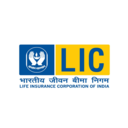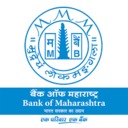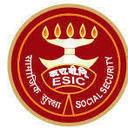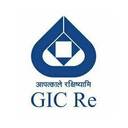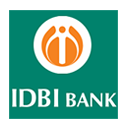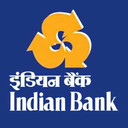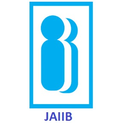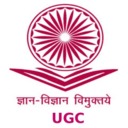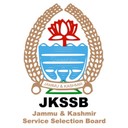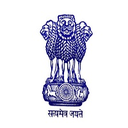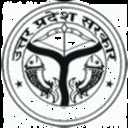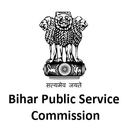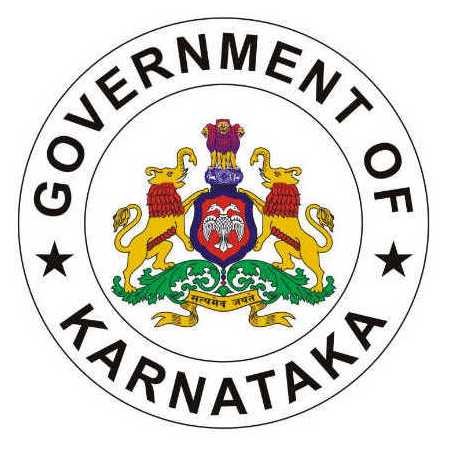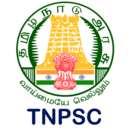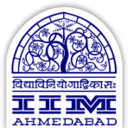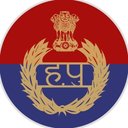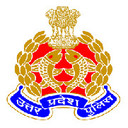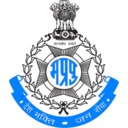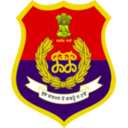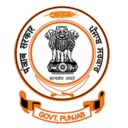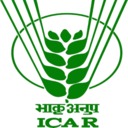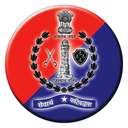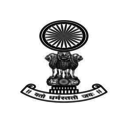The IBPS PO Quantitative Aptitude section is a key part of the examination, assessing a candidate's ability to handle numerical data, solve mathematical problems, and think analytically. It forms a major portion of both the Prelims and Mains exams. In this article, we'll explore the IBPS PO Quantitative Aptitude Syllabus in detail, followed by effective preparation strategies to help candidates excel in the exam.
IBPS PO Quantitative Aptitude Syllabus 2025
The IBPS PO Quantitative Aptitude Syllabus for IBPS PO is divided into two parts: prelims and mains, as mentioned in the IBPS PO Notification. Each section has its own set of topics that candidates need to master. Below is a detailed overview of the IBPS PO Maths Syllabus and also topic-wise preparation tips.
IBPS PO Prelims Quantitative Aptitude Syllabus
The prelims exam is the first stage of the IBPS PO exam and tests your basic mathematical skills. The topics are designed to test your ability to solve problems quickly and accurately under time constraints. Check the IBPS PO Prelims Quant Syllabus below.
| Topic |
|---|
| Number Series |
| Simplification/Approximation |
| Quadratic Equations |
| Data Interpretation |
| Ratio and Proportion |
| Percentages |
| Averages |
| Profit and Loss |
| Simple and Compound Interest |
| Time and Work |
| Time, Speed, and Distance |
| Mixtures and Allegations |
| Mensuration |
| Probability |
Attempt Free IBPS PO Mock Test
IBPS PO Mains Quantitative Aptitude Syllabus
The Mains exam assesses deeper analytical and problem-solving skills. It includes advanced mathematical concepts that require a higher level of understanding. The topics covered in the Mains exam as per the IBPS PO Syllabus are as follows:
| Topic |
|---|
| Simplification |
| Approximation |
| Number Series (Missing & Wrong) |
| Quadratic Equations |
| Data Interpretation |
| Arithmetic (Word Problems) |
| Ratio and Proportion |
| Percentage |
| Profit and Loss |
| Discount |
| Simple Interest & Compound Interest |
| Time, Speed, and Distance |
| Boats and Streams |
| Time & Work |
| Pipes and Cisterns |
| Averages |
| Mixtures and Allegations |
| Mensuration (2D & 3D) |
| Permutation and Combination |
| Probability |
| Problems on Ages |
| LCM and HCF |
| Surds and Indices |
| Data Sufficiency |
| Linear Equations |
Enroll in IBPS PO Online Coaching
IBPS PO Quantitative Aptitude Syllabus PDF Free Download
The IBPS PO Quantitative Aptitude Syllabus focuses on mathematical concepts and problem-solving skills, testing a candidate's ability to handle numerical data and solve complex problems. Important topics include number series, data interpretation, percentages, profit and loss, and time and work. Candidates can download the IBPS PO Quantitative Aptitude syllabus PDF to get a detailed outline of the topics and structure their study plan accordingly.
Download IBPS PO Quantitative Aptitude Syllabus PDF
Preparation Strategy for IBPS PO Quantitative Aptitude
Successfully preparing for the IBPS PO Quantitative Aptitude section requires both time management and a strong understanding of mathematical concepts. Here's a comprehensive strategy to prepare for this section:
1. Understand the Exam Pattern and Weightage
Understanding the IBPS PO Exam Pattern is essential for better time management. The Prelims Quant section consists of 35 questions carrying 35 marks, and you'll have 20 minutes to complete this section. In the Mains, the Quant section is part of the combined Reasoning and Computer Aptitude section, with 45 questions for 60 marks, to be solved in 60 minutes. Knowing the weightage of each topic helps you prioritize your preparation.
2. Focus on High-Weightage Topics
Certain topics like data interpretation, simplification, time and work, profit and loss, and Averages are crucial and appear frequently. Here's how to approach them:
- Data Interpretation (DI): Practice regularly with various types of graphs (bar, line, pie charts, etc.). Focus on how to extract relevant information quickly and efficiently.
- Simplification: Work on mental calculation and quick simplification techniques to save time.
- Profit and Loss: Build a strong understanding of the basic concepts and formulas. Solve diverse problems to become familiar with different variations.
- Averages and Percentages: These are often direct questions and should be solved accurately to maximize your score.
3. Practice Regularly with Mock Tests
Taking regular mock tests helps you get used to the time pressure of the exam. Aim to solve at least one full-length mock test daily. Analyze your mistakes after each test to identify weak areas that need improvement.
4. Master Shortcuts and Tricks
Mathematical shortcuts and tricks will help you solve problems faster. Invest time in learning shortcuts for simplification, number series, data interpretation, and time and work problems. Practice mental math regularly to speed up your calculations.
5. Work on Difficult Topics
Some topics, like permutations and combinations, probability, and mensuration can be tricky. Allocate extra time to practice these topics. Break them into smaller subtopics and solve problems gradually to build confidence.
6. Time Management
Learn to manage your time efficiently during the exam. In prelims, you have 20 minutes to complete the quant section, so focus on accuracy and speed. For Mains, manage your time between reasoning and quantitative aptitude effectively, since the difficulty level is higher.
Solve IBPS PO Previous Year Paper
IBPS PO Quantitative Aptitude Practice Questions
The Quantitative Aptitude section is a scoring yet challenging part of the IBPS PO exam. It tests candidates on numerical ability, calculation speed, and data interpretation skills. Practice the following questions to improve your accuracy and confidence in this section.
1. Number Series
Q1. What will come in place of the question mark (?) in the following series?
3, 8, 18, 38, 78, ?
Solution:
Pattern:
3 × 2 + 2 = 8
8 × 2 + 2 = 18
18 × 2 + 2 = 38
38 × 2 + 2 = 78
78 × 2 + 2 = 158
Answer: 158
2. Simplification
Q2. Solve:
[(45 + 15) × 2] ÷ 5 + 4² = ?
Solution:
(60 × 2) ÷ 5 + 16 = 120 ÷ 5 + 16 = 24 + 16 = 40
Answer: 40
3. Approximation
Q3. Find the approximate value of:
(53.8 × 19.2) ÷ 9.9 = ?
Solution:
≈ (54 × 19) ÷ 10 = 1026 ÷ 10 = 102.6 ≈ 103
Answer: 103
4. Quadratic Equations
Q4. Solve:
I. x² – 7x + 12 = 0
II. y² – 9y + 20 = 0
Solution:
x = 3, 4
y = 4, 5
→ Relationship: x ≤ y
Answer: x ≤ y
5. Data Interpretation (Table-Based)
Q5. If a table shows the number of students in five schools and School A has 20% more students than School B (which has 500), how many students are in School A?
Solution:
Students in A = 500 + 20% of 500 = 500 + 100 = 600
Answer: 600
6. Profit and Loss
Q6. A shopkeeper buys an item for ₹800 and sells it at a profit of 25%. What is the selling price?
Solution:
Selling Price = 800 + 25% of 800 = 800 + 200 = ₹1000
Answer: ₹1000
7. Time and Work
Q7. A can do a piece of work in 12 days and B in 18 days. How many days will they take to complete the work together?
Solution:
A's 1 day work = 1/12
B's 1 day work = 1/18
Combined = 1/12 + 1/18 = (3 + 2)/36 = 5/36
Total time = 36/5 = 7.2 days
Answer: 7.2 days
8. Simple Interest
Q8. Find the SI on ₹6000 at 5% per annum for 3 years.
Solution:
SI = (6000 × 5 × 3)/100 = ₹900
Answer: ₹900
9. Ratio and Proportion
Q9. The ratio of income to expenditure of a person is 5:3. If he saves ₹2000, what is his income?
Solution:
Let income = ₹5x, expenditure = ₹3x
Saving = ₹2x = ₹2000 → x = ₹1000
Income = 5x = ₹5000
Answer: ₹5000
10. Time, Speed and Distance
Q10. A train travels at 60 km/hr. How long will it take to cover 150 km?
Solution:
Time = Distance / Speed = 150 / 60 = 2.5 hours
Answer: 2.5 hours






